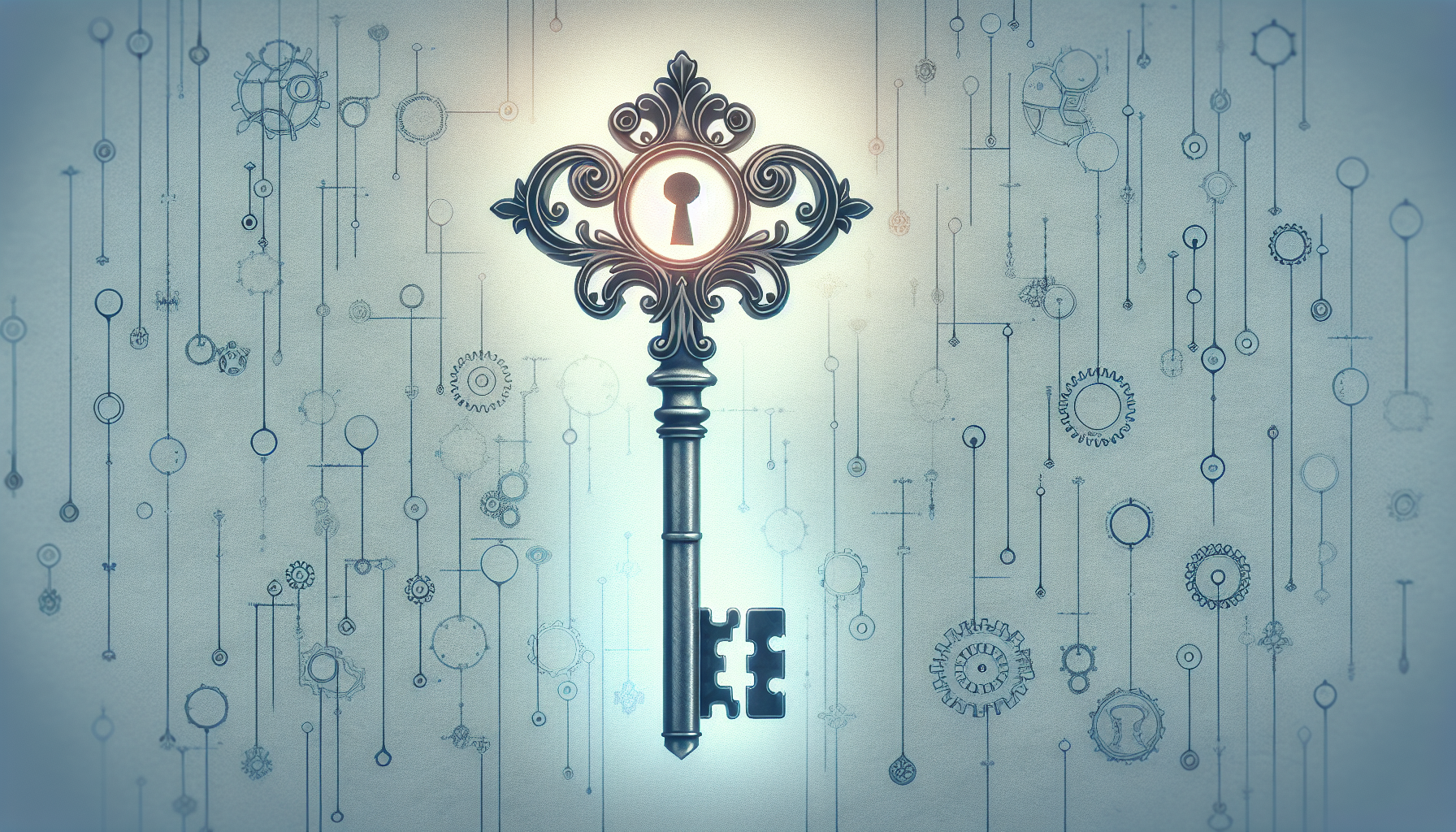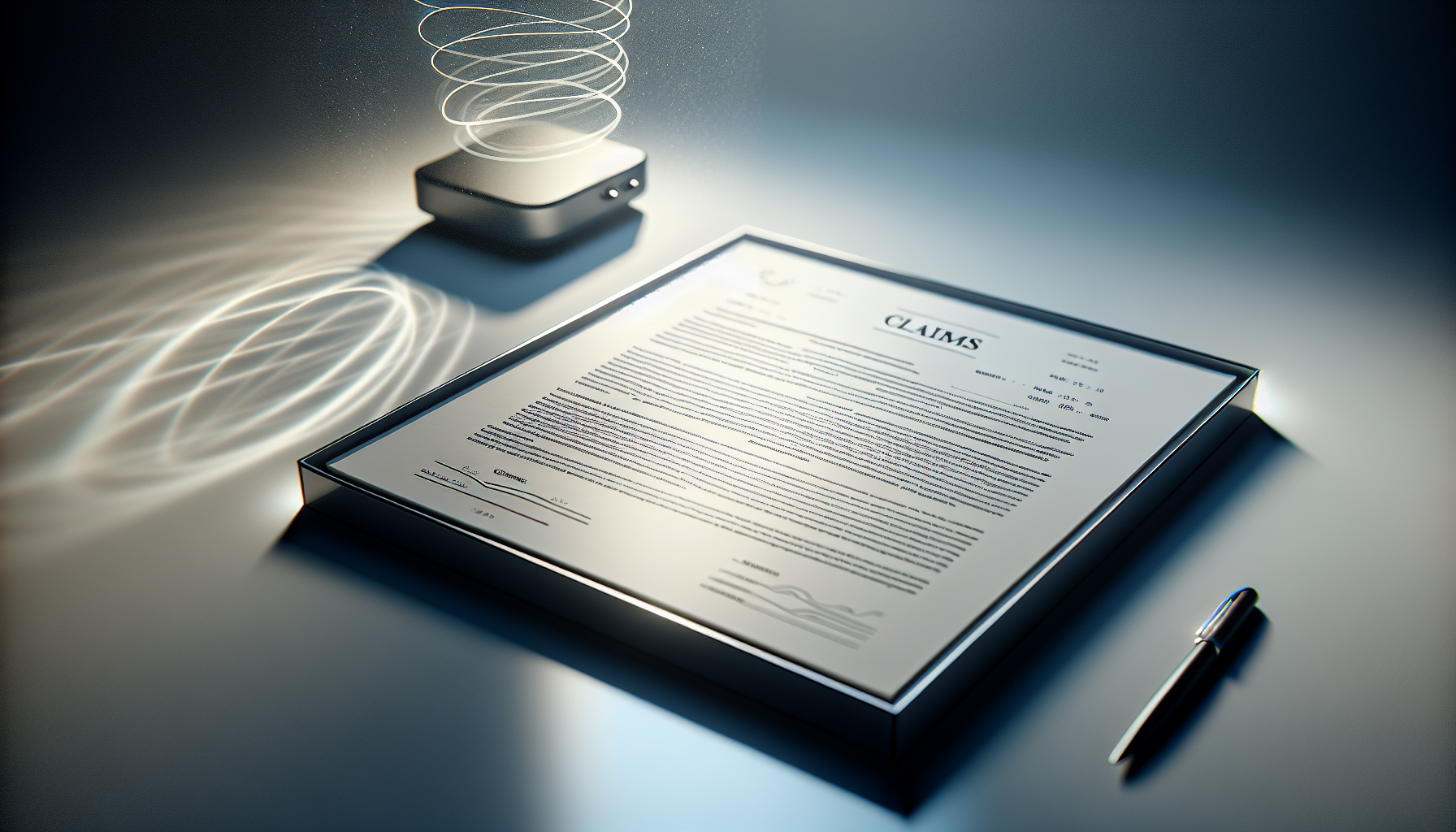Navigating the world of patent applications can feel like deciphering a secret code. It’s easy to get overwhelmed by the complex language, legal jargon, and the sheer number of formats required. If you’ve ever found yourself tangled in the specifics of crafting a patent prompt, you’re definitely not alone!
But here’s some good news: keep reading, and you’ll discover effective prompts specifically designed for patent applications. These tips and examples can help simplify the process and make your life a whole lot easier.
From drafting claims to conducting prior art searches, we’ll explore how to leverage ChatGPT to streamline your patent journey. You’ll be equipped with the right tools to tackle those challenges—and maybe even find the fun in it!
Key Takeaways
- Use specific prompts tailored to your invention, like generating detailed descriptions or patent claims.
- Keep your prompts clear and concise to improve the quality of AI-generated content.
- Conduct thorough prior art searches by prompting ChatGPT for existing patents and research related to your invention.
- Avoid common mistakes such as over-relying on AI without verification and using vague prompts.
- Incorporate necessary legal terminology correctly to enhance your patent application’s validity.

Effective ChatGPT Prompts for Patent Applications
Using ChatGPT can significantly enhance your patent application process by providing quality writing assistance and suggestion generation.
Here are some effective prompts you can use:
- Generate a detailed description of my new invention in standard patent format.
- Draft patent claims that cover the novel aspects of my technology.
- Summarize my invention in a concise patent abstract.
- Explain the potential applications and benefits of my invention in a patent application context.
These prompts will help focus ChatGPT on specific areas of your application, leading to more tailored and relevant output.
Guidelines for Crafting Clear Patent Application Prompts
Crafting clear prompts is essential for effective interaction with AI tools like ChatGPT.
To start, keep your prompt specific and concise. Instead of asking, “What about my invention?” say, “Draft a patent claim for my solar energy converter.”
Use structured language to provide context. For example, “Describe the innovative features of my patentable invention including the problem it solves.”
Best practices include avoiding ambiguous terms and jargon unless it’s necessary, as clarity is key.
Take the time to review and refine your prompts. Here are some sample prompts you might find useful:
- List the essential components required in a patent application for my invention.
- Outline the advantages of my technology over current solutions in the market.
Examples of ChatGPT Prompts for Different Sections of Patent Applications
Each section of your patent application requires different information, and ChatGPT can help generate content accordingly.
For the background section, you might use the prompt:
- Provide a comprehensive background on the existing technologies related to my invention.
For claims, use a specific prompt like:
- Draft five independent and dependent claims for my invention focusing on energy efficiency.
Finally, for the abstract, ask ChatGPT:
- Write an abstract summarizing the key points of my solar energy converter invention in 150 words or less.
These examples will help guide the AI to generate targeted content based on the specific sections needed for your application.
Using ChatGPT for Prior Art Searches
In patent applications, a thorough prior art search is crucial to ensure originality and patentability.
You can utilize ChatGPT to streamline this process with targeted prompts. For instance:
- Identify existing patents related to solar energy technology and provide a summary of each.
- List research papers or articles that discuss innovations in solar energy conversion methods.
This approach allows you to gather relevant information quickly, minimizing the time spent on manual searches.
Also, remember to inquire about similarities and differences compared to your invention:
- Analyze how my solar energy converter differs from existing patents and highlight any innovations.
Using ChatGPT in this way can save you significant effort in uncovering relevant prior art efficiently.

Enhancing Your Patent Claims with ChatGPT Prompts
Creating strong patent claims is vital because they define the boundaries of your invention.
ChatGPT can assist in drafting robust claims by generating specific language and structure.
Try these prompts to boost the effectiveness of your claims:
- Develop three independent claims for my wireless charging device emphasizing its unique features.
- Draft dependent claims that elaborate on the mechanisms of the energy storage system in my invention.
- Identify potential weaknesses in my current patent claims and suggest improvements.
- Compose a comparison table between my claims and similar existing claims to highlight uniqueness.
Using these prompts will not only enhance clarity but also aid in establishing a strong foundation for enforcement.
Drafting Patent Abstracts: Sample ChatGPT Prompts
The patent abstract is often the first impression examiners have of your invention, making its quality crucial.
ChatGPT can generate clear and concise abstracts that distill your invention into key points.
Here are some effective prompts to use:
- Summarize my invention, a biodegradable packaging material, in an abstract that covers its composition and benefits in 150 words or less.
- Write an abstract discussing the innovative aspects and practical applications of my smart irrigation system.
- Create an abstract for a patent on a novel device for air purification that includes potential market applications.
- Draft an abstract that highlights the environmental impact of my new energy-efficient appliance.
These prompts encourage ChatGPT to focus on the essentials, ensuring your abstract grabs attention.
Common Mistakes to Avoid When Using ChatGPT for Patent Applications
While ChatGPT can be a powerful tool, it’s essential to avoid some common errors when utilizing it for patent applications.
One significant mistake is over-relying on AI without thorough review.
Here’s a list of pitfalls to steer clear of:
- Neglecting to verify the accuracy of information provided by ChatGPT.
- Using overly complex or vague prompts that generate unrelated content.
- Failing to customize the output to match the specific needs of your invention.
- Assuming AI-generated content is final without proper editing or legal consultation.
- Omitting critical legal terminology that may lead to ambiguity in interpretation.
Awareness of these pitfalls will lead to a more effective use of ChatGPT in your patent application process.
Tips for Referring to Legal Terminology in Patent Prompts
Incorporating legal terminology accurately is essential for crafting valid patent applications.
Using ChatGPT effectively means making sure you guide it with precise language.
Here are some practical tips for using legal terms in your prompts:
- Include specific legal terms relevant to your patent, like “utility model” or “prior art,” in your prompts.
- Ask ChatGPT for definitions of complex legal terms before incorporating them into your application.
- Draft prompts that request explanations of legal concepts to ensure clarity.
- Specify the correct context in which you want to use legal jargon.
By being clear about legal terminology, you can improve the accuracy and professionalism of the generated content.

Best Practices for Revising ChatGPT Outputs in Patent Applications
Revising outputs generated by ChatGPT is essential to ensure accuracy and legal compliance in your patent applications.
First, read through the content carefully to catch any errors or inaccuracies.
Use targeted prompts like:
- Revise the following claims for clarity and legal compliance: [insert claim text here].
- Check for potential legal issues in the following patent description: [insert description here].
It is vital to verify that the language used aligns with patent regulations and industry standards.
After the initial edit, consider peer reviews from colleagues or legal professionals to gain additional perspectives.
Finally, update any technical details that may have changed since the initial drafting.
This process not only improves the quality of your submission but also helps in overall clarity and thoroughness.
Leveraging ChatGPT for Patent Strategy Discussions
ChatGPT can be a valuable resource for brainstorming and discussing your patent strategy.
Begin discussions by identifying your key objectives with prompts like:
- Outline a strategy for protecting my invention related to [insert invention name or field].
- Suggest ways to enhance my patent portfolio in the [insert relevant industry] sector.
Aim to explore various aspects, such as market trends, potential competitors, and any legal challenges.
Additionally, frame prompts that include hypothetical scenarios to assess different strategies:
- What strategies should I consider for filing a patent in emerging technology fields?
- Identify risks associated with my current patent strategy in [insert industry].
Using ChatGPT in this way encourages thorough exploration of your patent strategy and keeps your approach adaptive to industry changes.
Frequently Asked Questions About Using ChatGPT for Patent Applications
If you’re new to using ChatGPT for patent applications, you likely have some common questions.
One frequently asked question is: “Can ChatGPT provide legal advice regarding my patent?”
The answer is no; while ChatGPT can help generate ideas and draft documents, it doesn’t replace professional legal counsel.
Another common concern is: “How accurate is the information provided by ChatGPT?”
Its accuracy depends on the clarity of your prompts and the specificity of your queries. Always cross-reference output with official patent guidelines.
Finally, people often ask, “What types of patents can ChatGPT assist with?”
ChatGPT can help with utility patents, design patents, and plant patents by generating drafts and summaries.
Your best approach is to use ChatGPT as a tool for enhancement rather than a standalone solution.
FAQs
To effectively use ChatGPT for patent applications, provide clear, detailed prompts that specify the section needed (e.g., claims, abstract). Including technical terms and context helps the model deliver more relevant outputs.
Avoid vague prompts, relying solely on outputs without revision, and ignoring legal terminology. Be cautious about using generated text verbatim and ensure compliance with patent laws and standards.
Yes, ChatGPT can help facilitate prior art searches by generating ideas for keywords, potential patent classifications, and relevant databases. However, thorough manual checking is essential to validate findings.
Best practices include cross-referencing with legal standards, ensuring clarity, and checking for consistency with existing documentation. Engaging patent professionals for a final review is also advisable.
